Feminist art: a graphic history
A new graphic novel, The Women Who Changed Art Forever, by Valentina Grande and Eva Rosetti, tells the story of feminist art through four pioneers: Judy Chicago, Faith Ringgold, Ana Mendieta and the Guerrilla Girls
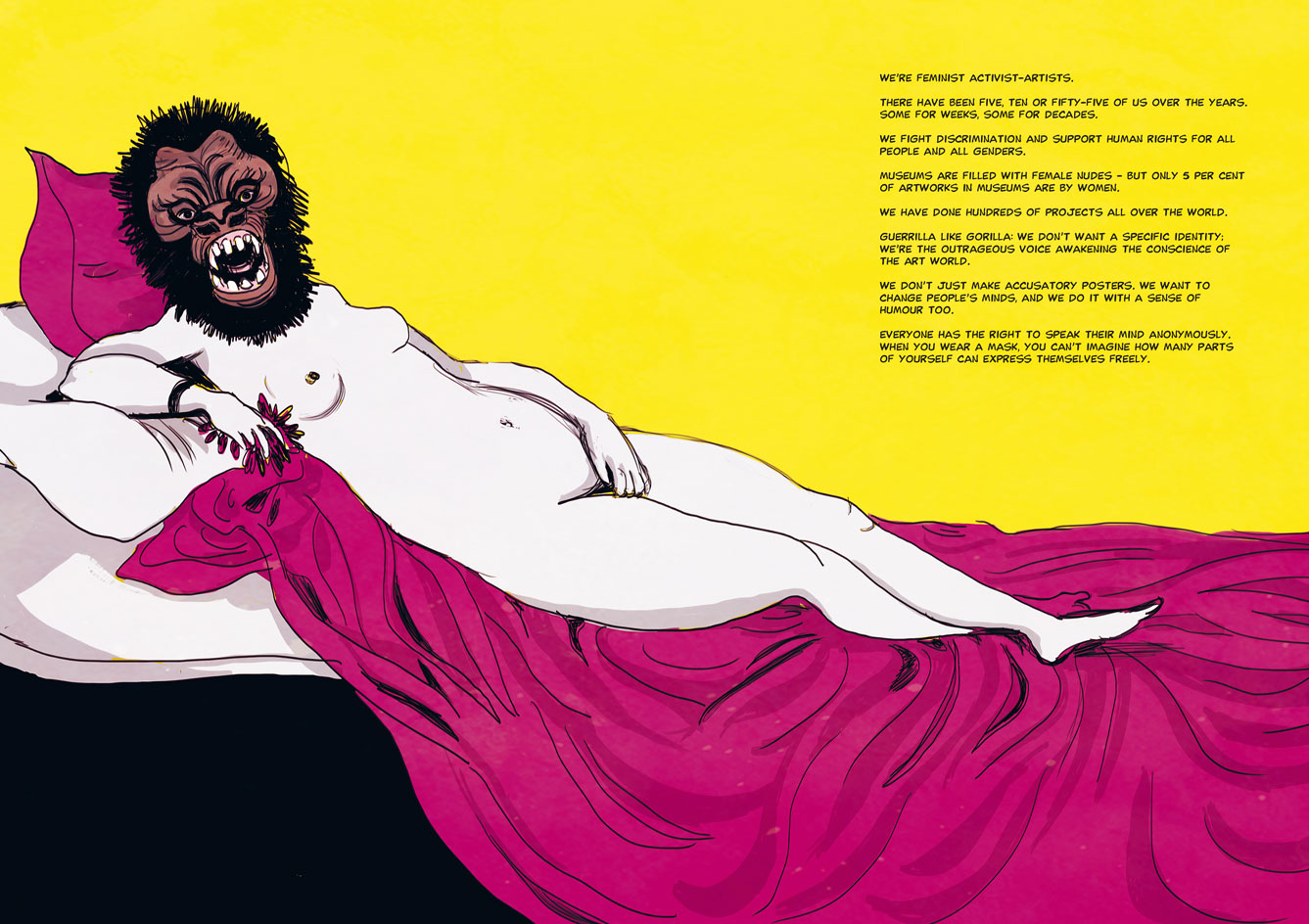
In 1971, American feminist art historian Linda Nochlin asked, ‘Why Have There Been No Great Women Artists’? The issue, she wrote in her essay, ‘lies not in our stars, our hormones, our menstrual cycles, or our empty internal spaces, but in our institutions and our education’. There had been great women artists, they had just been denied the opportunity of greatness.
A new graphic art book, The Women Who Changed Art Forever, tells the story of four trailblazers of feminist art: Judy Chicago, Faith Ringgold, Ana Mendieta and the Guerrilla Girls.
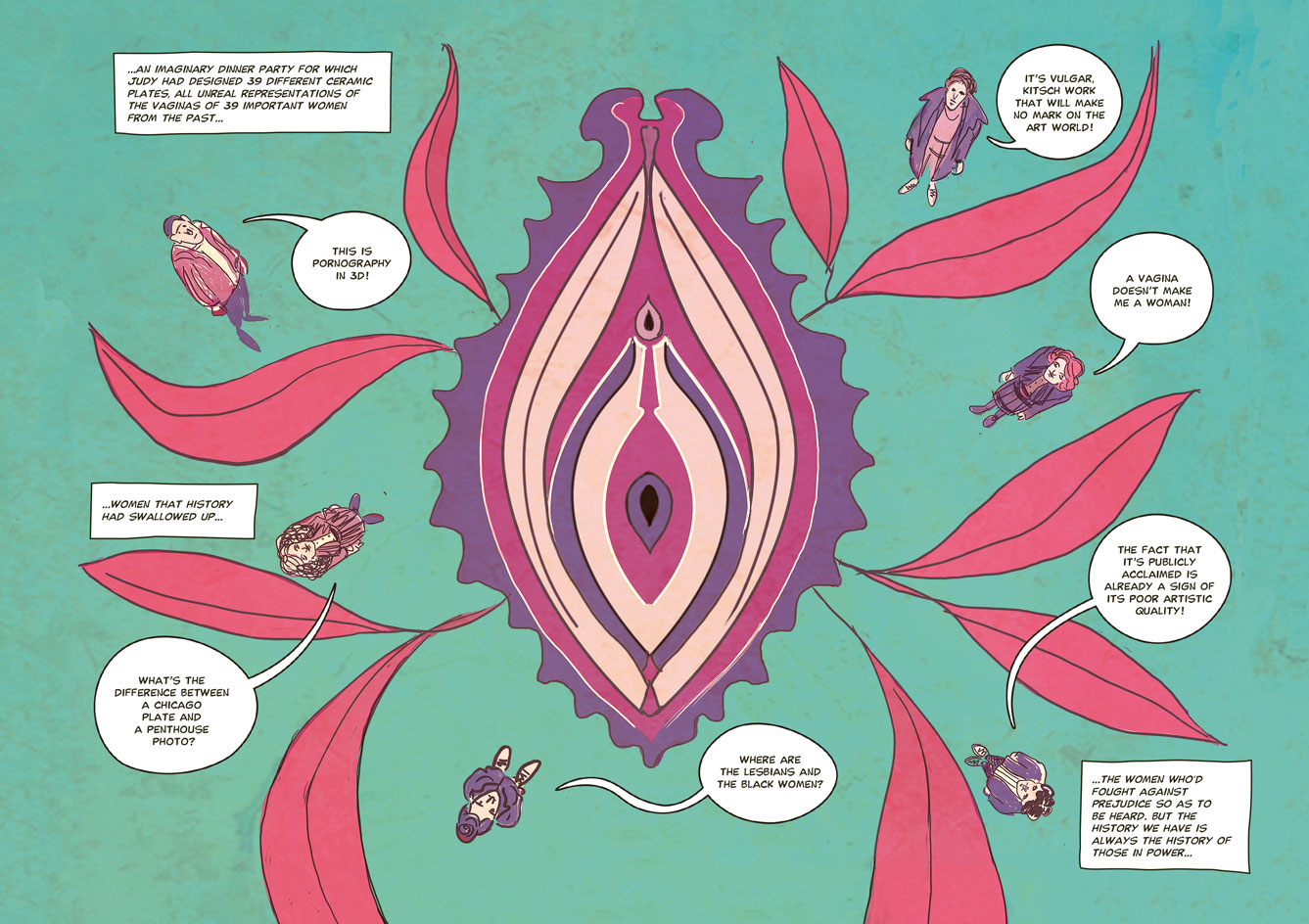
Beyond style, era or approach, feminist art was defined by a set of values, those which criticised sexist and racist institutions, strove for equality, and championed a revolution in the perception of women’s creativity.
Though it didn’t gain momentum until the mid-20th century, feminist art has its roots in the late 1900s and 1920s when women were offered the right to vote in the UK and America. As liberation began sweeping across the world, the first wave of feminist art was born. Women began asserting their position behind the canvas, instead of posing as objects of pleasure in front of it.
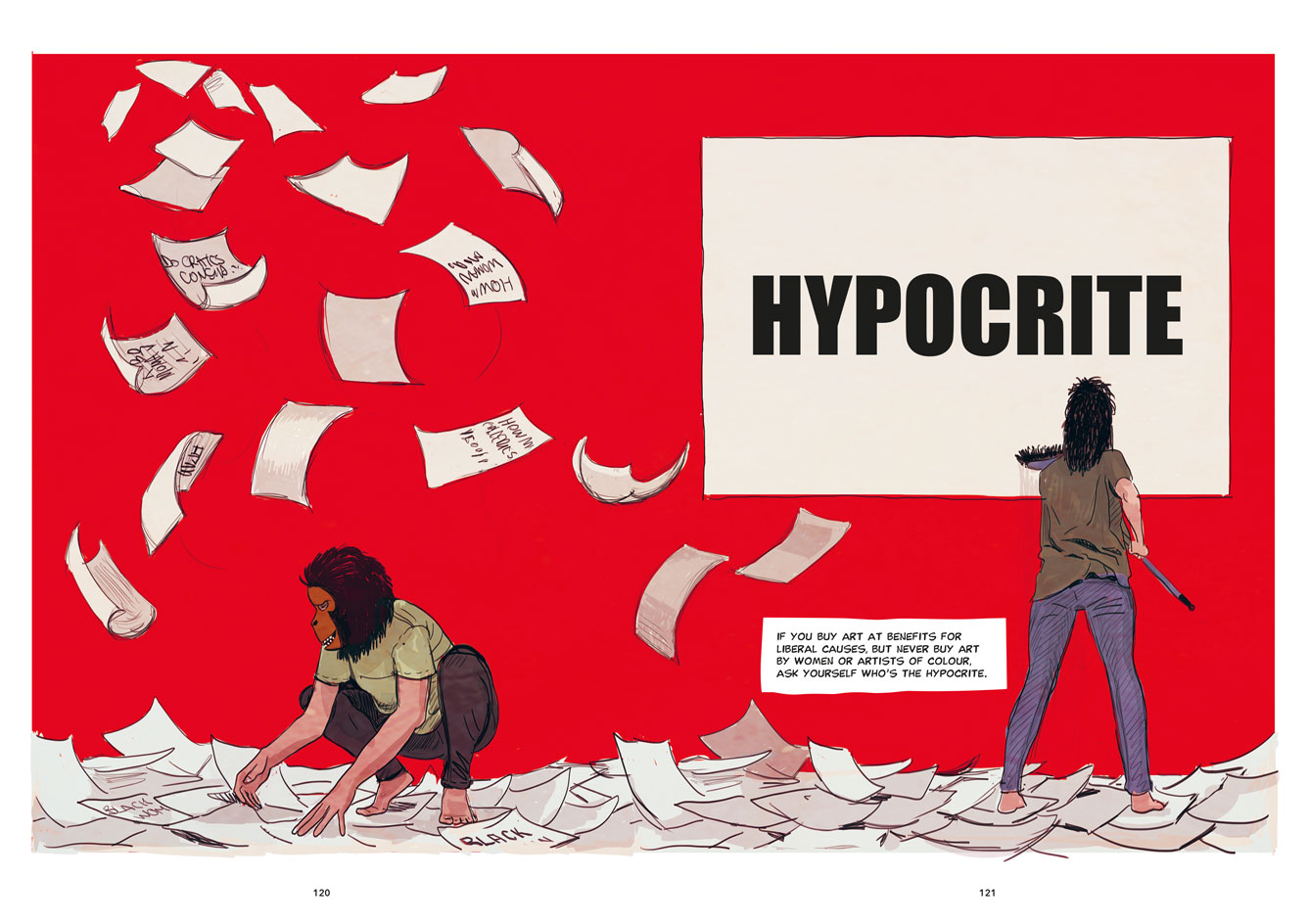
But during this time – with a few key exceptions, including Frida Kahlo – the majority of woman-made artwork did not portray ‘feminist’ themes, and many female artists struggled to ‘de-gender’ their work and find a seat at the male-dominated art table.
This all changed in the 1960s and 1970s with the second wave of feminist art. Progressive ideas emerged as society came to terms with a new ideology that placed value on the role of women in art. Instead of objects of the male gaze, women’s bodies could be tools to challenge the patriarchy.
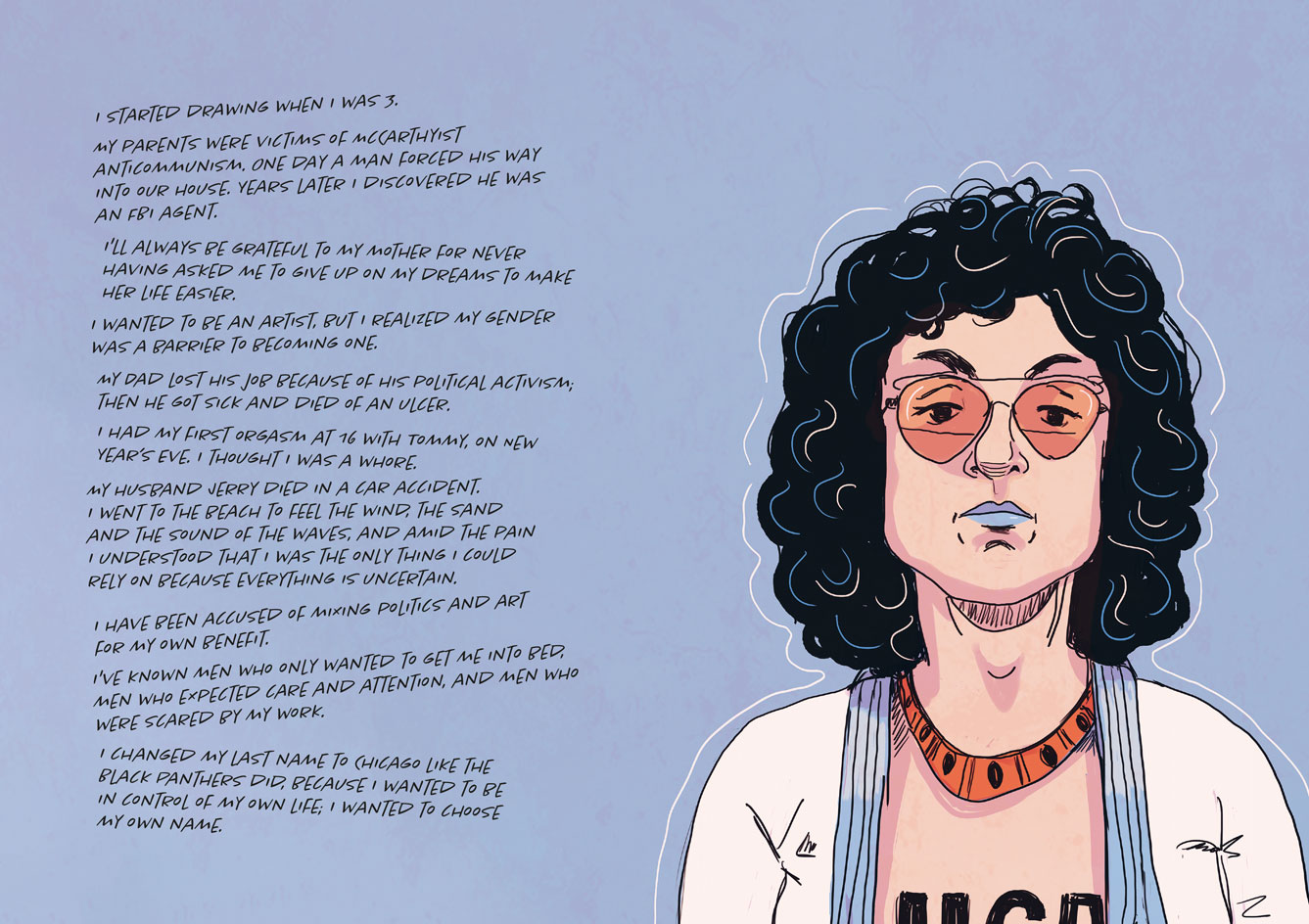
Within the book – created by Valentina Grande and Eva Rosetti and published by Laurence King – each artist featured represents one of the four pillars of the movement. Judy Chicago – the artist behind The Dinner Party (1979), widely deemed the first epic feminist artwork – made us reassess the female body, sexuality and championed a new wave of female empowerment.
Wallpaper* Newsletter
Receive our daily digest of inspiration, escapism and design stories from around the world direct to your inbox.
Faith Ringgold, known for vibrant quilts confronting everyday racism, taught us that feminism should be universally accessible. Through performative works, Ana Mendieta used her body to confront violence against women, while anonymous art collective Guerrilla Girls continues to challenge male-dominated institutions through provocative, often public interventions.
The fight for equality is a long road and one that the world continues to navigate. The Women Who Changed Art Forever narrates this unfinished story with an accessible and vibrant approach, told through the art of four pioneers that tirelessly paved, and continue to pave, the way to a more equal art world.

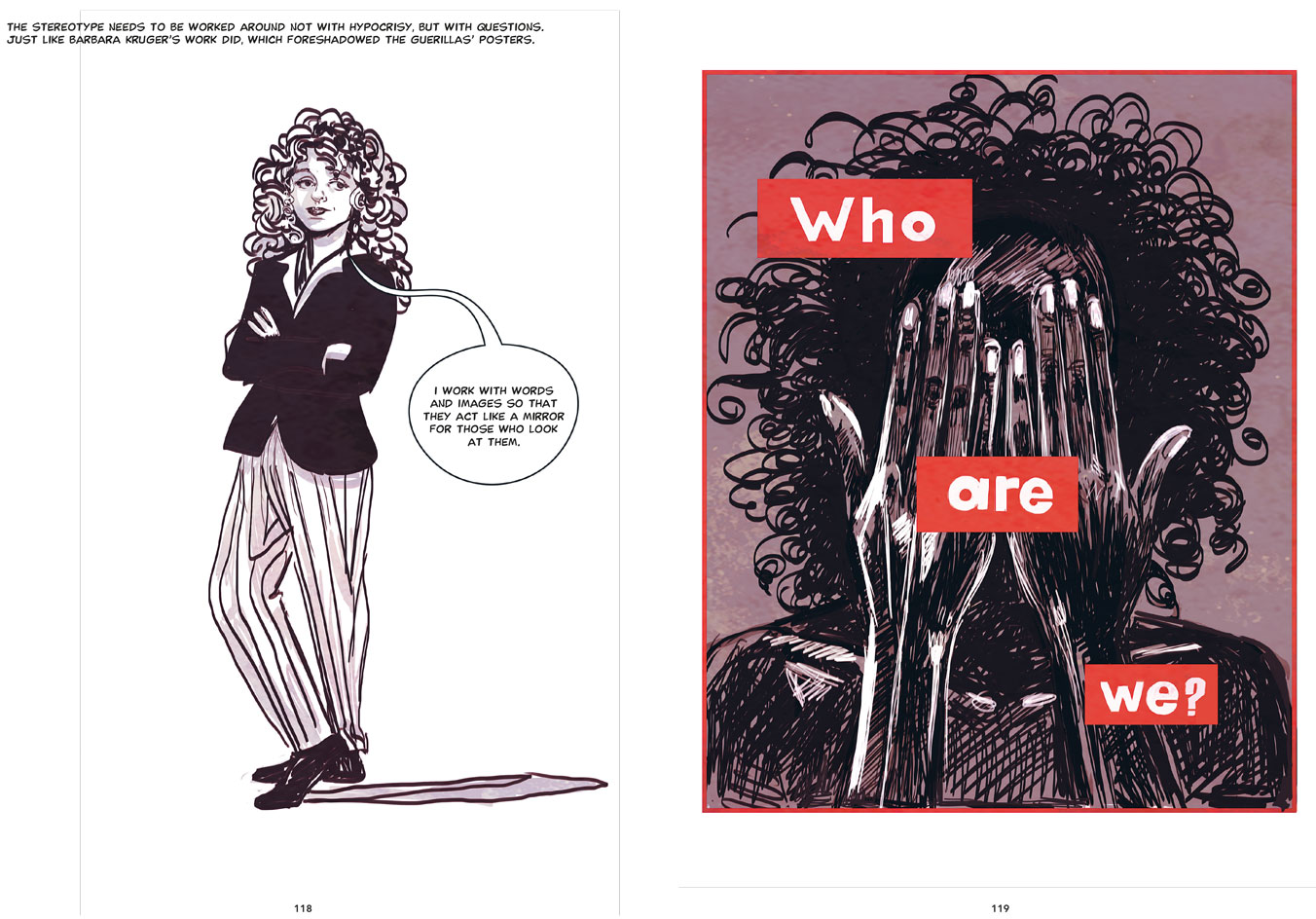
INFORMATION
The Women Who Changed Art Forever: Feminist Art – The Graphic Novel, by Valentina Grande and Eva Rosetti, published by Laurence King, £14.99, hardback, available from 26 August 2021, laurenceking.com
Harriet Lloyd-Smith was the Arts Editor of Wallpaper*, responsible for the art pages across digital and print, including profiles, exhibition reviews, and contemporary art collaborations. She started at Wallpaper* in 2017 and has written for leading contemporary art publications, auction houses and arts charities, and lectured on review writing and art journalism. When she’s not writing about art, she’s making her own.
-
 Put these emerging artists on your radar
Put these emerging artists on your radarThis crop of six new talents is poised to shake up the art world. Get to know them now
By Tianna Williams
-
 Dining at Pyrá feels like a Mediterranean kiss on both cheeks
Dining at Pyrá feels like a Mediterranean kiss on both cheeksDesigned by House of Dré, this Lonsdale Road addition dishes up an enticing fusion of Greek and Spanish cooking
By Sofia de la Cruz
-
 Creased, crumpled: S/S 2025 menswear is about clothes that have ‘lived a life’
Creased, crumpled: S/S 2025 menswear is about clothes that have ‘lived a life’The S/S 2025 menswear collections see designers embrace the creased and the crumpled, conjuring a mood of laidback languor that ran through the season – captured here by photographer Steve Harnacke and stylist Nicola Neri for Wallpaper*
By Jack Moss
-
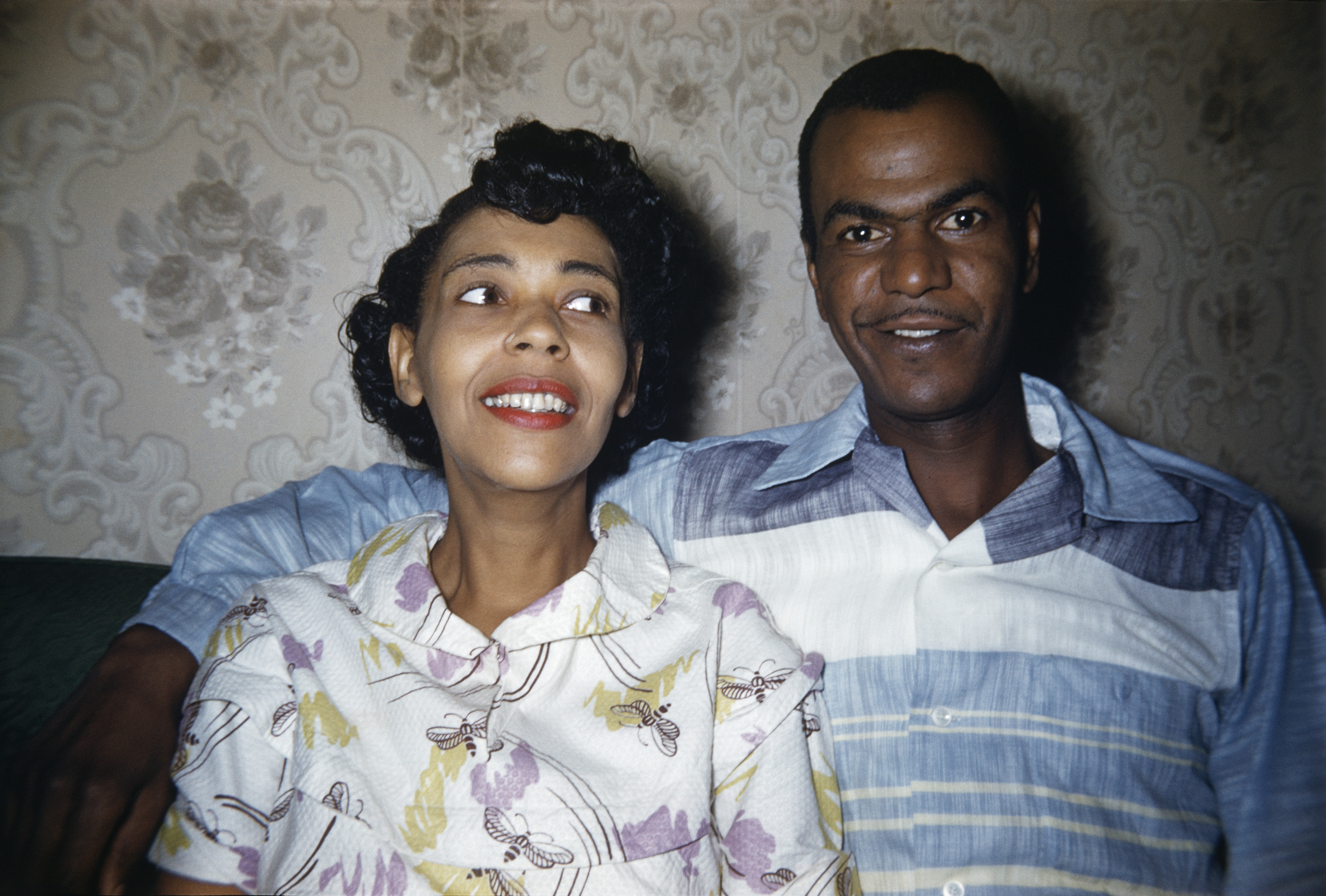 ‘Dressed to Impress’ captures the vivid world of everyday fashion in the 1950s and 1960s
‘Dressed to Impress’ captures the vivid world of everyday fashion in the 1950s and 1960sA new photography book from The Anonymous Project showcases its subjects when they’re dressed for best, posing for events and celebrations unknown
By Jonathan Bell
-
 Daniel Arsham’s new monograph collates the works of the auto-obsessed American artist
Daniel Arsham’s new monograph collates the works of the auto-obsessed American artist‘Arsham Motorsport’ is two volumes of inspiration, process and work, charting artist Daniel Arsham’s oeuvre inspired by the icons and forms of the automotive industry
By Jonathan Bell
-
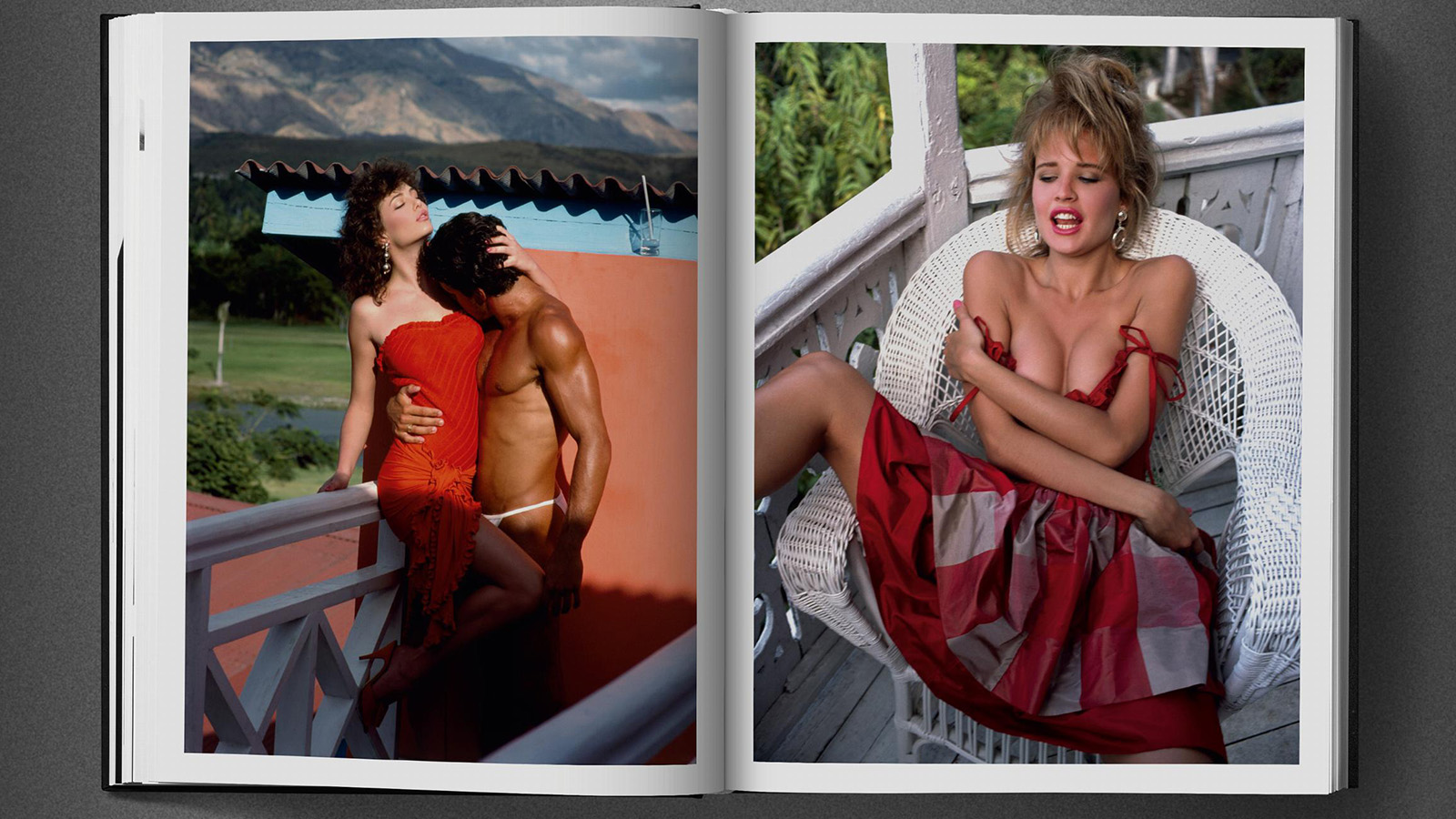 Era-defining photographer David Bailey guides us through the 1980s in a new tome not short of shoulder pads and lycra
Era-defining photographer David Bailey guides us through the 1980s in a new tome not short of shoulder pads and lycraFrom Yves Saint Laurent to Princess Diana, London photographer David Bailey dives into his 1980s archive in a new book by Taschen
By Tianna Williams
-
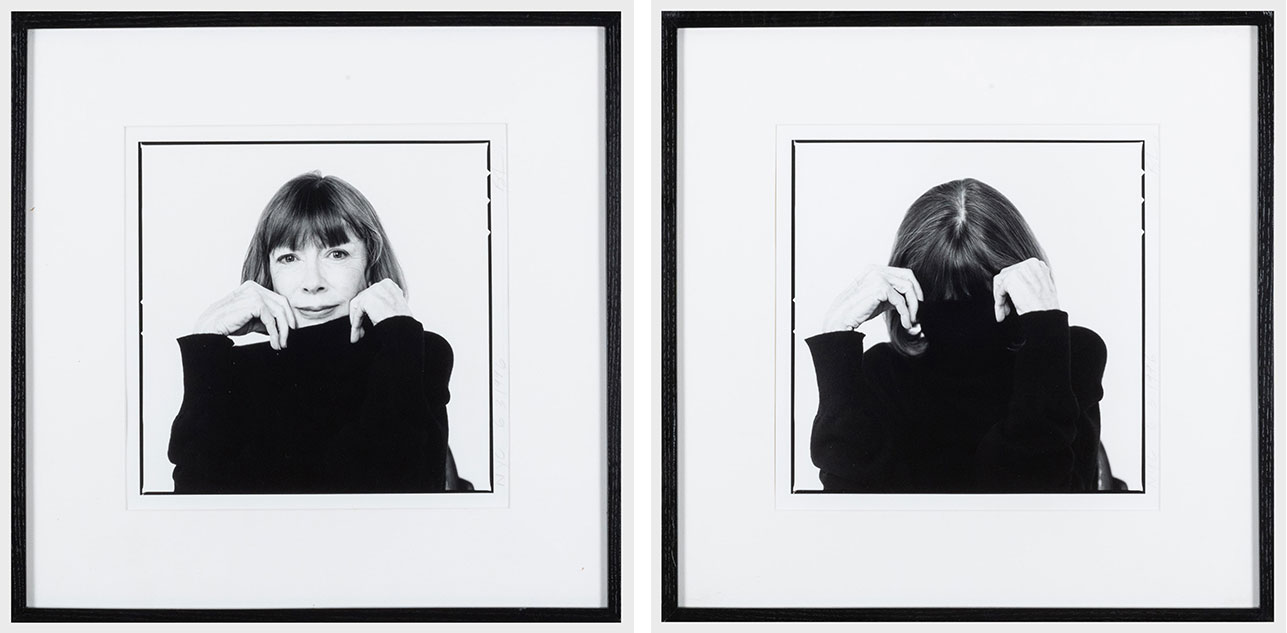 Inside Joan Didion’s unseen diary of personal relationships and post-therapy notes
Inside Joan Didion’s unseen diary of personal relationships and post-therapy notesA newly discovered diary by Joan Didion is soon to be published. Titled 'Notes to John', the journal documents her relationship with her daughter, husband, alcoholism, and depression
By Tianna Williams
-
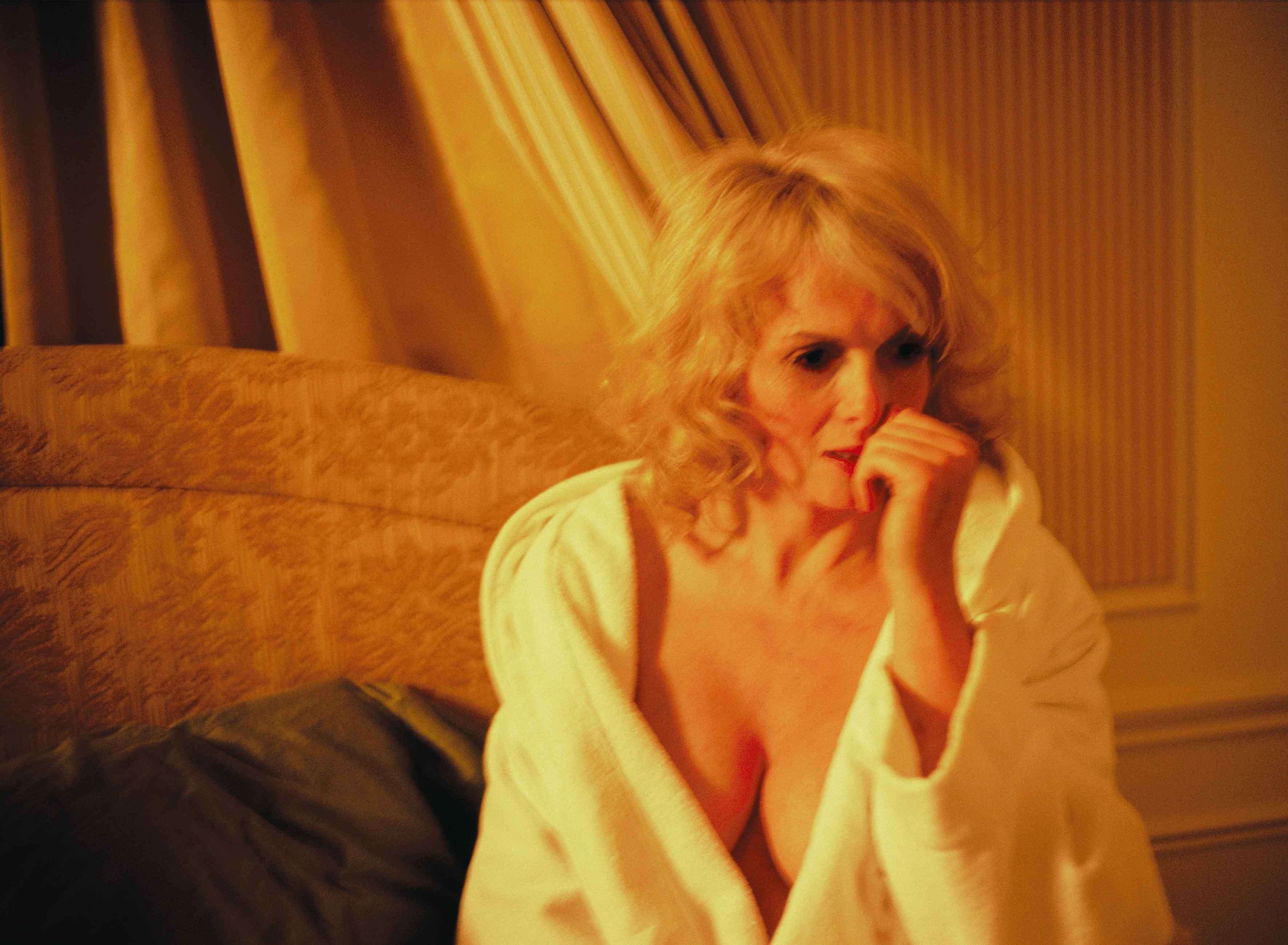 Carsten Höller’s new Book of Games: 336 playful pastimes for the bold and the bored
Carsten Höller’s new Book of Games: 336 playful pastimes for the bold and the boredArtist Carsten Höller invites readers to step out of their comfort zone with a series of subversive games
By Anne Soward
-
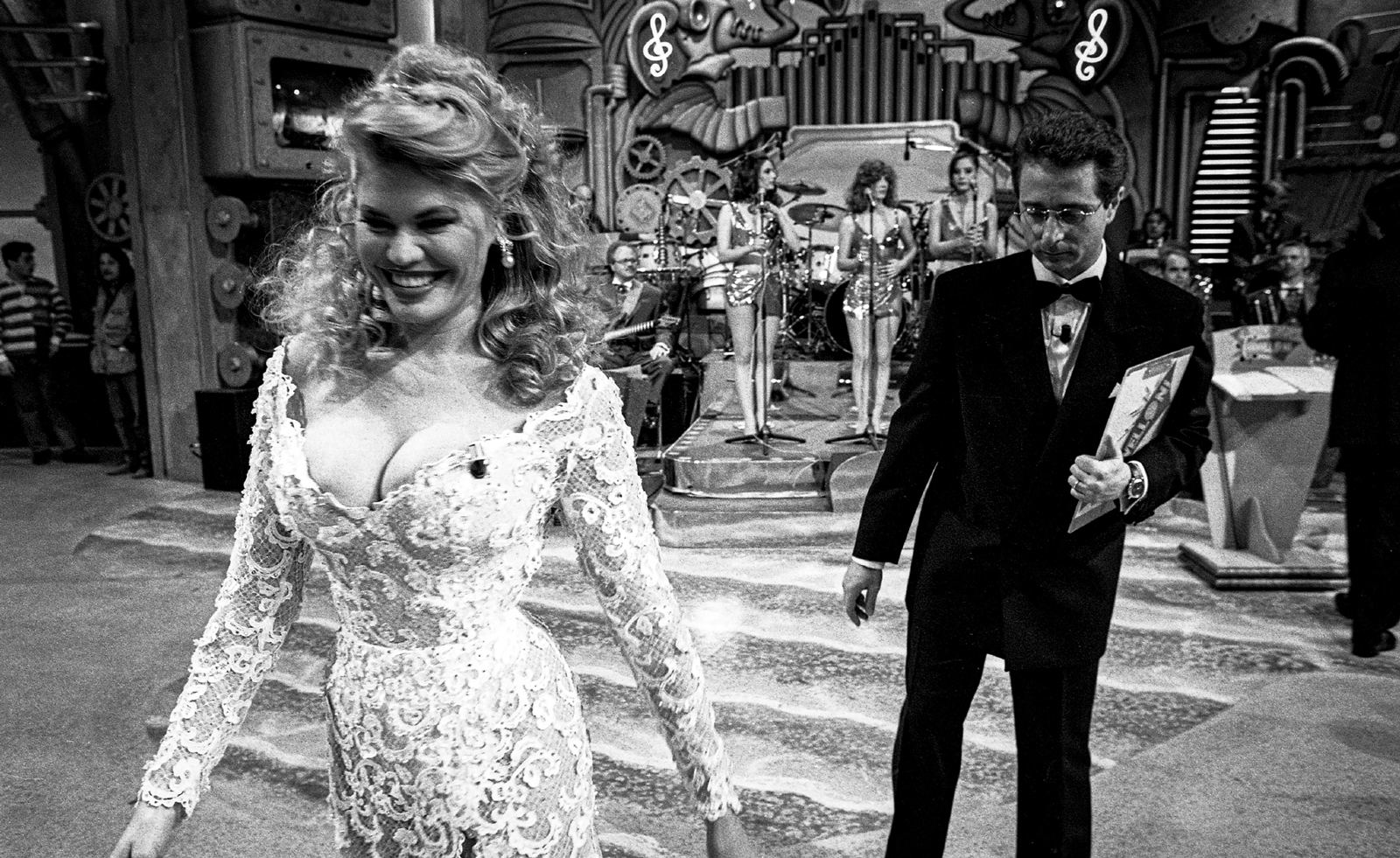 Distracting decadence: how Silvio Berlusconi’s legacy shaped Italian TV
Distracting decadence: how Silvio Berlusconi’s legacy shaped Italian TVStefano De Luigi's monograph Televisiva examines how Berlusconi’s empire reshaped Italian TV, and subsequently infiltrated the premiership
By Zoe Whitfield
-
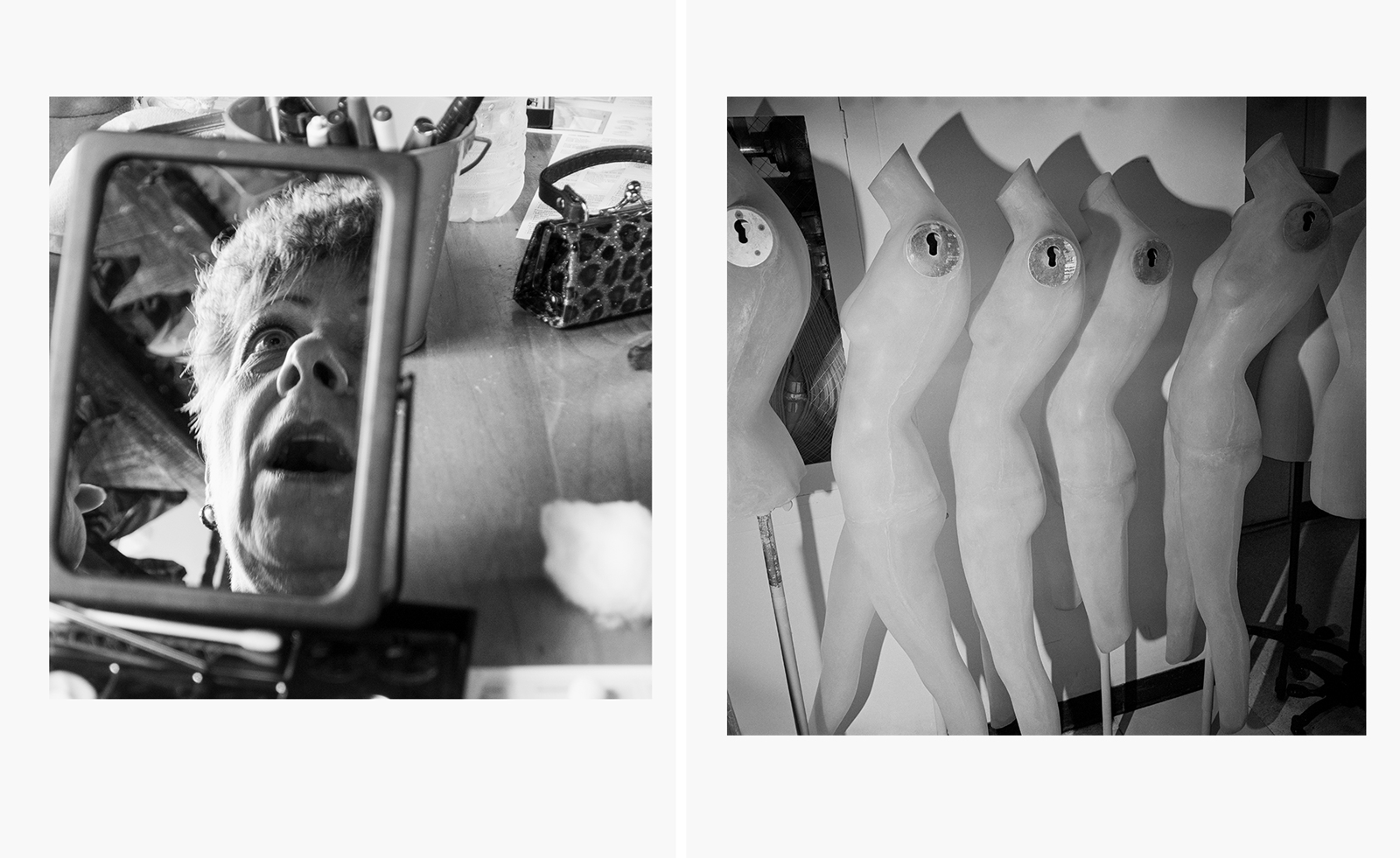 How a sprawling new book honours the legacy of cult photographer Larry Fink
How a sprawling new book honours the legacy of cult photographer Larry Fink‘Larry Fink: Hands On / A Passionate Life of Looking’ pays homage to an American master. ‘He had this ability to connect,’ says publisher Daniel Power
By Jordan Bassett
-
 New Jay-Z coffee-table book dives into the Brooklyn rapper's archives
New Jay-Z coffee-table book dives into the Brooklyn rapper's archives'Book of HOV: A Tribute to Jay-Z' is a hefty tome for a hefty talent
By Craig McLean